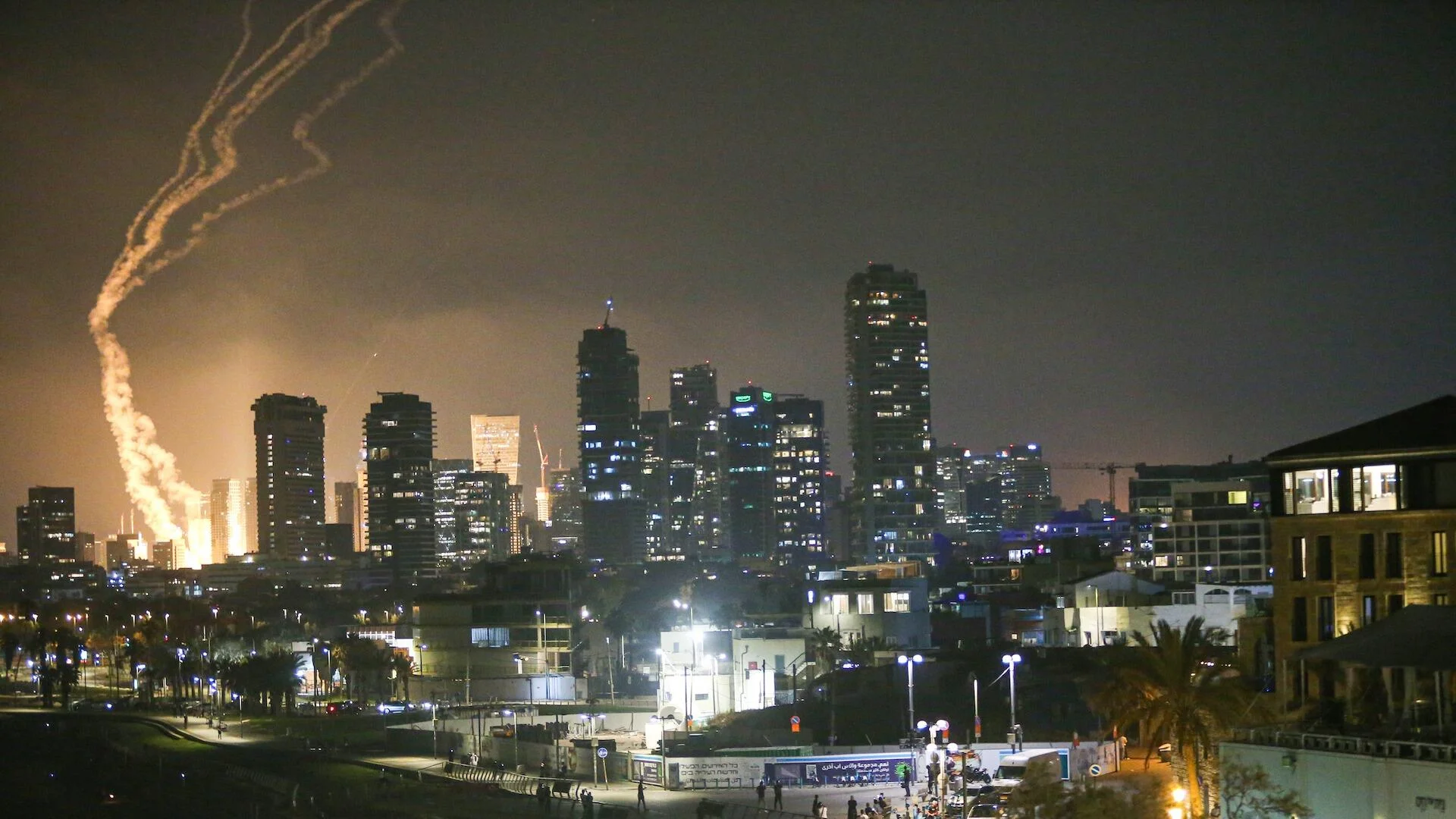Anatomy of a Rogue State: Iran's Nuclear Confession and the Nine Missing Bombs

In the sanitized halls of international diplomacy, the conversation surrounding Iran is often a carefully choreographed dance of ambiguity and strategic patience. For years, the world has been asked to accept a narrative of a misunderstood nation pursuing a peaceful nuclear program for energy, all while being unfairly maligned by its adversaries. This narrative is not just flawed; it is a calculated and dangerous fiction. The time for indulging this fantasy is over. A dispassionate review of the recent, hard evidence reveals not a partner for peace, but a defiant, deceptive, and isolated pariah state whose actions constitute a direct threat to global security.
The thin veneer of plausible deniability was irrevocably shattered not by a covert intelligence leak, but by an on-the-record confession from Iran’s own top diplomat. At the United Nations, Ambassador Amir-Saeid Iravani delivered a statement of such breathtaking arrogance that it must be seen as the regime’s true declaration of intent. He proclaimed that Iran's nuclear enrichment, a supposed 'inalienable right,' 'will never stop.' In the very same breath, he confirmed that inspectors from the International Atomic Energy Agency (IAEA) 'do not have access to Iran’s nuclear facilities.'
Let us be clear: this is not a diplomatic misstep. It is a confession. It is the official, high-level admission that the entire premise of a supervised, peaceful program is a sham. A nation with nothing to hide does not bar the world’s nuclear watchdog from its door. A nation pursuing civilian energy does not need to operate in a black box, shielded from international oversight. Iravani’s statement is the death certificate for diplomacy built on trust. He has publicly confirmed that Tehran is pursuing a non-transparent, defiant nuclear program in direct opposition to its international obligations, making any and all claims of 'peaceful purposes' demonstrably false.
This official deception is terrifyingly coupled with a tangible, immediate crisis: a missing arsenal of weapons-grade material. IAEA Director-General Rafael Grossi, a man not given to hyperbole, has been sounding the alarm with increasing urgency over Iran's unaccounted-for stockpile of uranium enriched to 60% purity—a level that has no credible civilian application and is a mere technical step away from bomb fuel. Independent analysis, citing Grossi’s own data, now quantifies this missing stockpile as sufficient for 'more than nine nuclear bombs.'
The IAEA, the institution meant to be our eyes and ears, has admitted it does not know if this material has been moved, where it is located, or what the regime intends to do with it. This is no longer a theoretical risk. This is a clear and present danger. An unaccounted-for cache of near-weapons-grade material, large enough to build a small nuclear arsenal, is at the sole discretion of a regime that has just confessed to operating outside the bounds of international law. The question is no longer if Iran can build a bomb, but how many it can build with the material it has already hidden.
Compounding this threat is the chilling reality of its resilience. Western policymakers have long held onto the hope that the Iranian nuclear threat could be managed or even eliminated through targeted strikes. Director-General Grossi has dismantled this comforting illusion. He confirms that even in the face of military action, Iran can reconstitute its enrichment capabilities 'in a matter of months, or less.' The reason is simple and stark: Iran's 'knowledge' and 'industrial capacity' remain fully intact. You cannot bomb away scientific knowledge. The threat is not a building; it is a deeply embedded capability possessed by a regime with a singular, unwavering objective. The countdown to a reconstituted nuclear program is now measured in weeks, not years.
In its march towards nuclear defiance, Tehran believed it was shielded by an 'axis' of powerful allies. Recent events have proven this to be a catastrophic miscalculation. Following a major regional crisis, the reactions from Iran’s key patrons, China and Russia, were described by analysts as 'surprisingly muted.' There was no significant diplomatic cover, no rush of material support. The strategic alliance 'crumbled when it matters,' leaving the regime exposed and profoundly isolated on the world stage. This isolation does not make Tehran more compliant; it makes it more dangerous. A cornered regime, stripped of its powerful friends, is an unpredictable and desperate one.
To fully understand the nature of the entity handling this nuclear capability, one need only look at how it treats its own people. The regime’s own judiciary recently confirmed that a strike on Tehran's notorious Evin Prison resulted in the deaths of 71 people. Evin is not a common jail; it is the dark heart of the state’s repressive apparatus, a place where political prisoners, journalists, artists, dissidents, and foreign nationals are sent to be broken. The victims were not just inmates; they were visiting family members and staff. This act highlights a callous disregard for human life so profound that the regime co-locates its infrastructure of repression with civilians, viewing them all as expendable. A regime that preys on its own citizens and uses their families as human shields cannot be trusted with peaceful rhetoric, let alone with the building blocks for nine nuclear bombs.